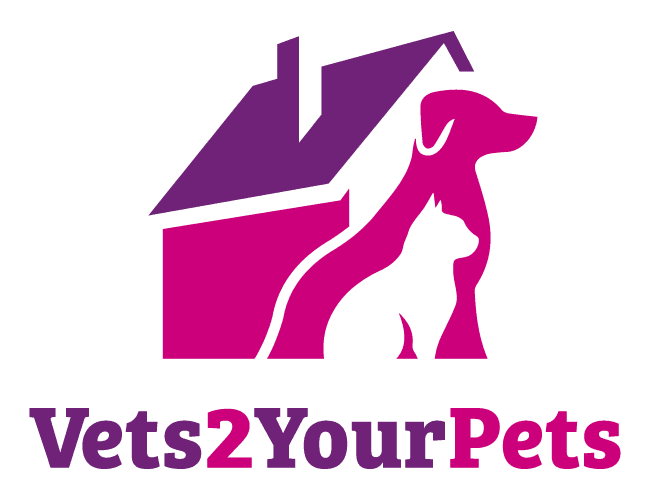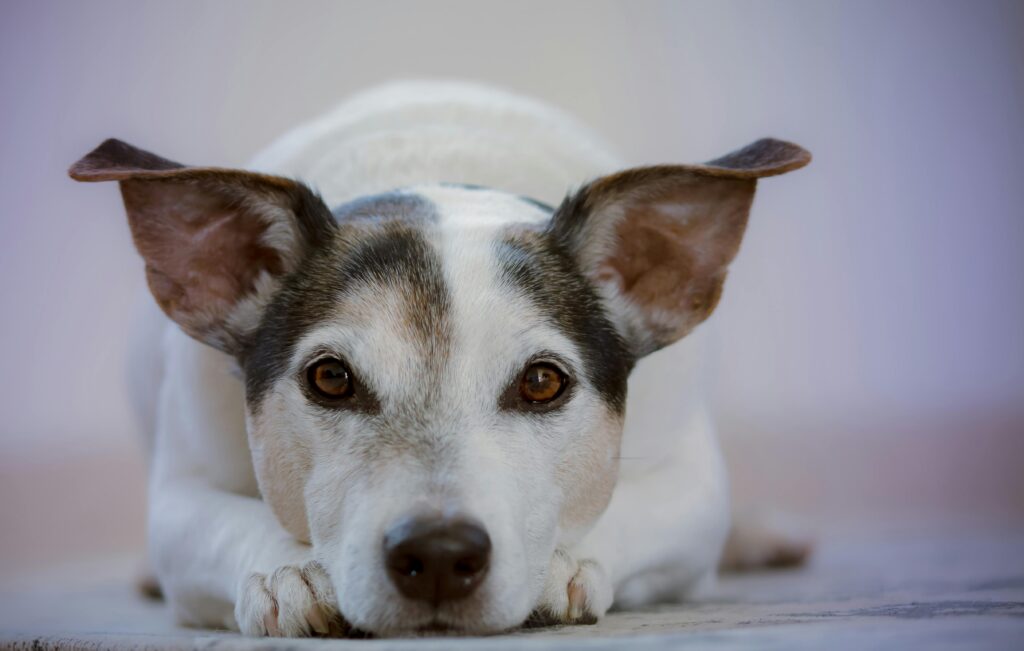As our dogs age or face chronic illness, many of us struggle with a difficult question: Is my dog still enjoying life, or is suffering outweighing comfort? Quality of life (QoL) is a concept that helps answer that question. Not by giving one perfect, black-and-white answer, but by providing a thoughtful framework. In this article, we’ll explore what “quality of life” means for dogs, why it’s hard to measure, and practical tools you and your vet can use to monitor it over time.
What is “Quality of Life” for a Dog?
Because dogs can’t tell us how they feel, QoL must be inferred from observable signs, behaviour, and health. In general, it encompasses multiple domains:
- Physical — pain, mobility, ability to eat and drink, control of elimination
- Mental / emotional — is the dog interested in its usual pleasures (toys, walks, company)?
- Social / interactive — how does the dog engage with its people or other animals?
- Day-to-day well-being — how many “good days” vs “bad days”?
Quality of life can’t be judged by one sign alone, it’s about the bigger picture, and especially changes over time.
Why Quality of Life Assessment Tools Help
It can be overwhelming to weigh up everything your dog is experiencing. Tools provide structure, help track changes, and give you and your vet a shared language when discussing what comes next. Dogs can’t self-report, meaning they can’t tell you how they feel. This means all assessments rely on those involved in their care (you, the caregiver, or the vet). It’s important to have an honest view of your dogs current condition, as they rely on you to know when something is wrong. Variation over time, one snapshot is rarely enough. What matters more is trends and patterns, e.g. worsening mobility or decreasing interest in previously enjoyed things.
Practical Tools You Can Use
Here are a couple of established frameworks that many veterinarians and pet owners find helpful.
The HHHHHMM Scale
One of the more widely recommended general tools is the Hurt, Hunger, Hydration, Hygiene, Happiness, Mobility, More good days than bad (HHHHHMM) scale.
You assign a score (usually 0 to 10) in each category:
- Hurt — Is the dog in pain or struggling to breathe?
- Hunger — Is the dog eating enough?
- Hydration — Is drinking sufficient?
- Hygiene — Is the dog able to stay clean and comfortable?
- Happiness — Does the dog show interest in people, toys, and usual activities?
- Mobility — Can the dog move around and get where it wants to?
- More good days than bad — Overall, are there more days your dog seems comfortable and content than days of distress?
Scoring regularly over time can show whether quality of life is improving, stable, or declining. Many owners find keeping a diary alongside this scale especially useful.
Other Questionnaires and Tools
The RCVS “inFOCUS” spotlight lists several quality-of-life tools used in practice, including general questionnaires and welfare assessment grids. These can help structure your observations and support conversations with your vet.
How to Use These Tools in Real Life
Pick one tool and use it consistently; for example, fill in the HHHHHMM scale weekly or after any health change.
Keep a diary or log alongside the scores. Noting things like “struggled to climb stairs today” or “ate with enthusiasm” can make patterns clearer over time.
Bring your notes to veterinary appointments. They provide valuable insight and help your vet suggest adjustments to treatment or care.
Look for trends rather than focusing on single bad days. Occasional off days are normal, but steady decline is more significant.
And always consider the overall balance of good days against bad days. This simple measure often says more than any score alone.
What Are the Warning Signs?
While QoL tools are helpful, certain signs should always prompt concern:
- Pain that no longer responds well to medication
- Severe or worsening mobility problems
- Loss of appetite over several days
- Persistent vomiting, diarrhoea, or difficulty drinking
- Withdrawal from family life or favourite activities
- Incontinence causing discomfort
- Cognitive decline, such as confusion in familiar places
When several of these signs occur together, it may suggest your dog’s quality of life is slipping.
Final Thoughts: A Compassionate Balance
Measuring quality of life in dogs is never easy, but it can bring clarity at a time when emotions run high. Tools like the HHHHHMM scale offer a way to make the intangible more visible, helping you track changes and guide compassionate decisions.
Above all, remember: you know your dog best. Combine your observations with veterinary guidance, and together you can make choices that prioritise comfort, dignity, and love.
Quality of Life Assessments at home with Vets 2 Your Pets
We understand just how personal and difficult decisions about your pet’s life and care can be, especially when they’re facing an illness that’s hard or not possible to treat. That’s why we offer a dedicated Palliative Care Home Assessment / Quality of Life Assessment to be carried out in your pet’s familiar surroundings.
During this assessment, one of our experienced vets visits your home to:
- Listen to your concerns and questions
- Observe how your pet is coping with its illness in its day-to-day environment
- Evaluate how much your pet’s quality of life has changed
- Advise whether treatments or modifications might still improve comfort
- If necessary, help you consider timing and options for euthanasia with compassion and honesty
By doing this in your own home, we gain insight into your pet’s real living conditions : mobility in familiar spaces, access to water or favoured areas, and how your pet behaves in their own environment. We believe this gives a complete picture of your pet’s current situation and allows the vet to identify any changes that might help.
If you feel uncertain about whether the time is coming to say goodbye, or whether there’s still a path to more comfort, we’re here to help. Reach out and we can arrange a Quality of Life Assessment at home to guide you gently through what’s next.




